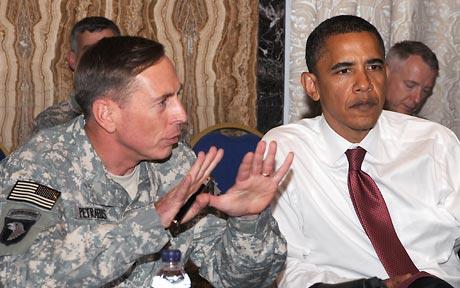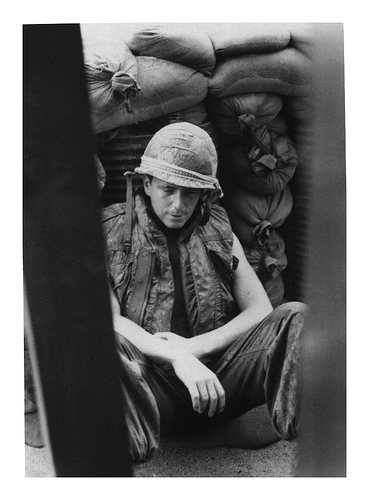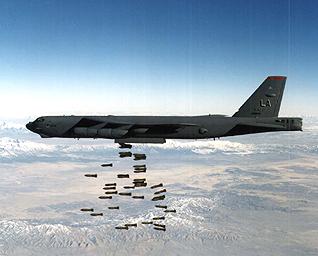Afghanistan Opinion: Let's Be Clear --- "The Surge" Was A Failure of US Strategy and Policy (Cohen)
 Thursday, June 28, 2012 at 9:33 |
Thursday, June 28, 2012 at 9:33 |  Scott Lucas in
Scott Lucas in  Afghanistan,
Afghanistan,  EA Afghanistan-Pakistan,
EA Afghanistan-Pakistan,  US Foreign Policy
US Foreign Policy  Rajiv Chandrasekaran's newly-released book, Little America: The War Within The War for Afghanistan (see extract in separate EA feature) has prompted soul-searching amongst US analysts about what went wrong, more than a decade after the situation was supposedly resolved with the ousting of the Taliban.
Rajiv Chandrasekaran's newly-released book, Little America: The War Within The War for Afghanistan (see extract in separate EA feature) has prompted soul-searching amongst US analysts about what went wrong, more than a decade after the situation was supposedly resolved with the ousting of the Taliban.
Michael Cohen's comment for The Progressive Realist resonates, in part because it returns to the key period in 2009 --- covered extensively by EA at the time --- when the US military bounced President Obama into an expanded intervention. Ostensibly, this was for development and political resolution as well as the vanquishing of the Taliban; in practice, the development and political resolution never followed the additional boots on the ground.






